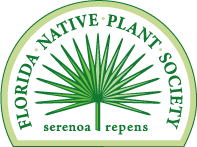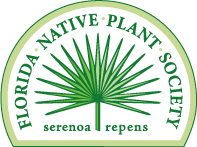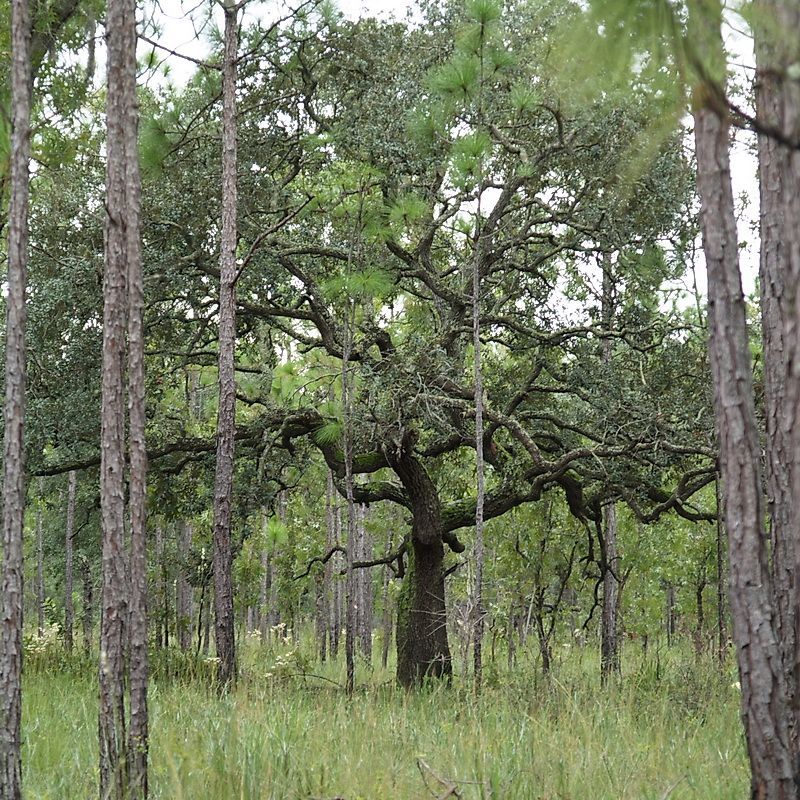FNPS Plant Database
Quercus geminata
Nomenclature
Common Name:
Synonym(s):
Genus species:
Family:
Fagaceae
Plant Specifics
Form:
Size:
Life Span:
Long-lived perennial
Flower Color:
Fruit Color:
Phenology:
Noted For:
Landscaping
Recommended Uses:
Considerations:
Availability:
Propagation:
Light:
Moisture Tolerance:
Always Flooded---------------------------------Extremely Dry
□□□□□□□□□□□□□□□□□□□□□□□□□□□□□□■■■■■■■■■□□□
Short very dry periods -to- Very long very dry periods
Salt Water Flooding Tolerance:
Unknown
Salt Spray/Salty Soil Tolerance:
Some tolerance to salty wind but not direct salt spray
Soil or Other Substrate:
Sand
Soil pH:
Suitable to Grow In:
8A,8B,9A,9B,10A,10B

USDA zones are based on the average annual extreme minimum winter temperature.
Don't know your zone? Click here to search by zip code.
Ecology
Wildlife:
Larval host plant for oak hairstreak ( Fixsenia favonius ), Horace's duskywing ( Erynnis horatius ), red-banded hairstreak ( Calycopis cecrops ) and white-M hairstreak ( Parrhasius m-album ) butterflies.
possible larval host for Juvenal's duskywing ( Erynnis juvenalis ).
Valued by the Florida scrub-jay for its acorns which are relatively low in tanins and often used as a nesting tree.
Acorns used by woodpeckers and wild turkey
Valued by squirrels and other mammals including white tailed deer
Acorns are low in tannins making them a preferred nut by birds and other wildlife.
Native Habitats:
Natural Range in Florida:
Visit the USF Libraries Atlas of Florida Plants
Comments:
Ethnobotany:
General Comments:
Slower growing and generally smaller than live oak. Extremely drought tolerant.
In environments where there is fire, this is often a small clonal shrub or cluster of small trees.
Citations:
Huegel, Craig, N. 2010. Native plant landscaping for Florida wildlife. University Press of Florida, Gainesville, FL. (wildlife uses)
Institute for Regional Conservation. Accessed 2021. Natives for Your Neighborhood. https://www.regionalconservation.org/beta/nfyn/plantdetail.asp?tx=Quergemi
Minno, Marc and Maria Minno. 1999. Florida butterfly gardening. University Press of Florida, Gainesville.
Osorio, Rufino. 2001. A gardener's guide to Florida's native plants. University Press of Florida, Gainesville, FL.
Wunderlin, R. P., B. F. Hansen, A. R. Franck, and F. B. Essig. 2021. Atlas of Florida Plants ( https://florida.plantatlas.usf.edu/ ). Institute for Systematic Botany, University of South Florida, Tampa.


-1920w.jpg)





